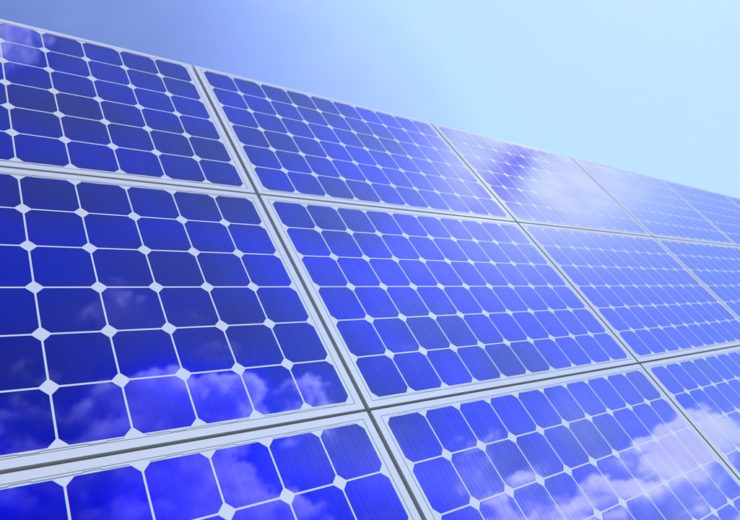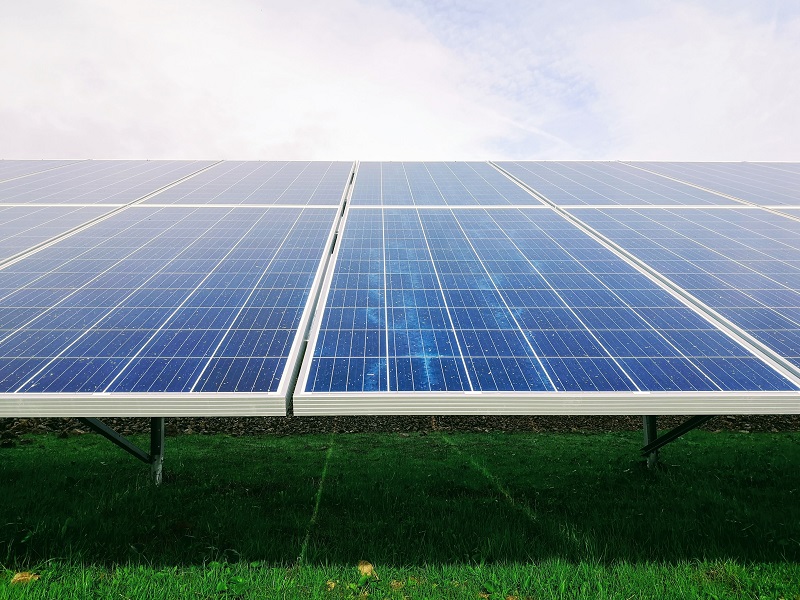Australia has the highest uptake of solar power worldwide, with more photovoltaic (PV) capacity added annually than any other type of energy source

Solar accounted for 5.2% of Australia's total electrical energy production in 2018 (Credit: Jukka Niittymaa from Pixabay)
Australia is ideally placed to utilise large-scale solar (LSS) power plants, with generation increasing rapidly and making up more than two-thirds of the new capacity installed in 2019. The cost of LSS power has also decreased significantly as a result.
Rooftop solar PV has also continued to grow across the island continent, with more than 2.4 million installations as of April 2020. The benefits of rooftop solar generation are experienced by 2.3 million households across the country.
In 2019, the country saw 287,504 rooftop solar installations, which were the most installs since 2012. The medium-scale solar sector saw installations between 100kW and 5MW, with over 162 MW of new capacity added throughout 2019.
NS Energy profiles the top five solar plants in Australia
1. Limondale solar farm: 313MWac
The 349MW Limondale solar PV power plant is being developed by Innogy at Balranald in New South Wales (NSW). It will be situated 14km south of Balranald.
Featuring around 872,000 panels on an area of 900ha, the solar farm is expected to be the biggest solar project in Australia after completion.
The Limondale solar farm is situated adjacent to the 220kV electrical substation of Transgrid, a manager and operator of the high-voltage electricity transmission network in NSW and the Australian Capital Territory, connecting generators, distributors and major end-users.
2. Bungala solar plant: 220MWac
Located around 12km north-east of Port Augusta in South Australia, the Bungala solar plant is spread over 800ha of rural land owned by Bungala Aboriginal Corporation (BAC) near Wami Kata and Emaroo in Port Augusta.
Built in two phases, the 275MW plant has been developed by Reach Energy and sold to a joint-venture of Enel Green Power and Dutch Infrastructure Fund. The polycrystalline PV modules, which feature single-axis tilting design, will track and follow the sun’s path from east to west, allowing the plant to increase efficiency.
The plant will provide energy for about 82,000 homes in Australia and reduce 520,000t of carbon dioxide emissions.

3. Daydream solar farm: 168MWac
The 180MW Daydream solar farm is a single-axis tracking project situated a few kilometres north of Collinsville in North Queensland.
Owned by Blackrock and Edify, the project generates 398 GWh of energy per year to power nearly 55,000 households.
Australian listed public energy firm Origin Energy has signed a power purchase agreement to buy all the output generated from the solar farm.
4. Coleambally solar farm: 150MWac
With a nameplate capacity of 150MWac, the Coleambally solar farm features about 560,000 solar panels installed on 550ha of land 5km north-east of Coleambally in New South Wales.
Developed by Neoen Australia, the solar farm became operational in October 2018 and delivers nearly 400GWh renewable electricity to the national power grid per year.
In July 2017, EnergyAustralia signed a power purchase agreement to purchase the electricity generated by the plant.

5. Finley solar farm: 133MWac
Situated 6km west of Finley, New South Wales, the Finley solar farm became operational in 2019. It will generate enough electricity to power more than 60,000 homes.
UK-based international infrastructure investor John Laing acquired the project from ESCO Pacific in November 2018.
The solar farm has a seven-year power purchase agreement to supply 66% of electricity to Australian steel manufacturer Bluescope Steel. The project will contribute to Australia’s goal of generating 50% of electricity from renewable sources by 2025.
